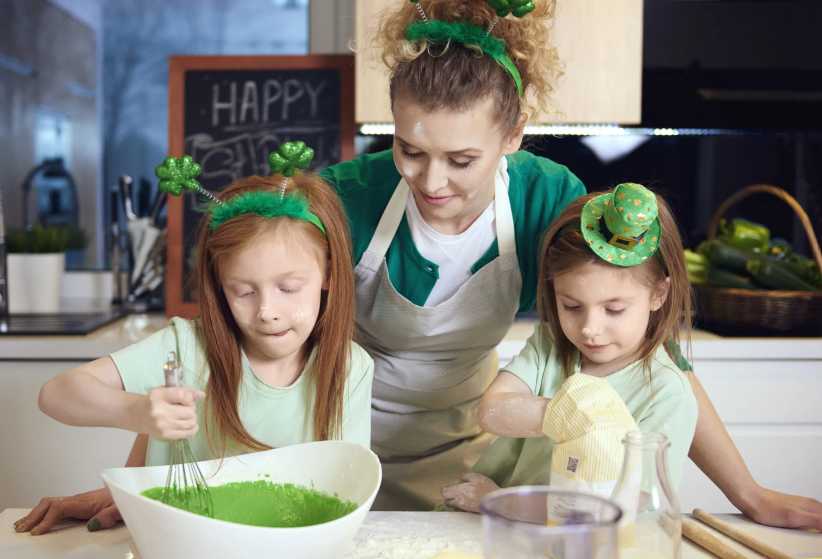When I was growing up, a vitamin supplement was the cornerstone of every breakfast. But, now that I have my own children in early elementary school, I’m reading conflicting information about vitamins — multivitamins in particular. Are vitamins really important, and, if so, what’s the best way to make sure that my children get the vitamins that they need?
From a very young age, most children are taught that vitamins are important for their health. There are 13 essential vitamins that the human body requires — vitamins A, C, D, E, K, B1, B2, B3, B5, B6, B7, B9, and B12, to be exact — and, many popular children’s vitamin supplements promise the so-called “recommended daily allowance” of more than half of these vitamins. The suggestion is that a pill in the morning will keep your child well on the way to the vitamin-packed day that he needs.
However, in recent years, an ever-increasing number of studies has shed light on the benefits of specific vitamins, the pitfalls of overconsumption, and the overall lack of evidence that taking multivitamins has any long-term benefit to children’s (or adults’) health.
At the most basic level, a vitamin is the name given to a group of molecules that are responsible for maintaining specific functions. Vitamin A, for example, helps spur growth in various parts of the body, such as the skin and bones. Vitamin C promotes healing in damaged tissues. Vitamin D helps your body absorb calcium. Each of these vitamins has numerous additional roles beyond the ones listed above, but what’s most important to understand is that each type of vitamin has a distinct role, and is necessary to maintain health.
With the exception of Vitamin D, which the human body can synthesize on its own when exposed to sunlight, our bodies cannot “manufacture” their own vitamins. But it is not difficult to get them through the foods we eat.
And that’s the problem with multivitamins: in all likelihood, a child’s body already has a steady supply of many of these essential vitamins, through the food that he normally eats.
Fruits and vegetables are great sources, and should be a staple of a child’s diet, but as just one example, take a dinner that includes a chicken drumstick. That drumstick isn’t simply a source of protein. For the typical 6-year-old child, the National Institute of Health estimates that each ounce of meat on that drumstick will contain about 25 percent of a day’s worth of vitamin B3, which helps the digestive and nervous system; 15 percent of a day’s worth of vitamin B6, which helps the body maintain nerve function and produce antibodies that keep illness at bay; and about 13 percent of a day’s worth of vitamin B12, which helps form red blood cells.
Because essential vitamins are in all types of food, there’s no reason to start your child’s day by providing a complete supply of many of the vitamins that he will consume anyway.
Furthermore, new research is showing that, aside from having no positive impact on long-term health, excess vitamin consumption can actually have serious health consequences, including an increased risk for certain types of cancer and heart disease.
The best way for children to get their vitamins is through the food in a healthy, well-balanced diet. But if you are concerned that your child may have a vitamin deficiency, you should consult his pediatrician.





















